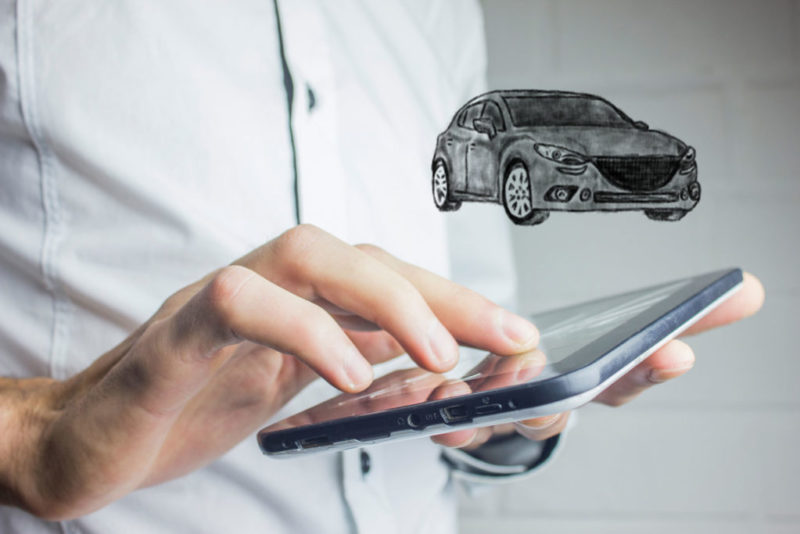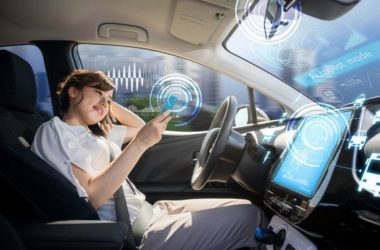We’re living in the era of Big Data, on which nearly everything we do leaves a digital imprint of some sort.
Retailers – including car dealerships – can use that data to gain a better understanding of their customers and their businesses.
On top of that, today’s new retail technology makes the buying experience more efficient for both sides of the retail equation.
For car dealerships – particularly independent dealerships – taking advantage of the “next-generation” tech can deliver impressive results.
According to Cox Automotive’s 2019 Car Buyer Journey Study, the average customer spends just shy of three hours at the dealership. But customer satisfaction rapidly falls off after just 90 minutes – about halfway through the typical experience.
Dealerships need to find a way to drastically reduce the time spent shopping for cars, and new technology can do just that.
That same study also indicated digitizing paperwork and negotiations can turn the average car-buying process from a three-hour ordeal into an experience that takes 90 minutes or less – exactly within customer expectations.
For the dealership, cutting sales times in half lets you theoretically double the number of sales you can make in a day, but perhaps an even bigger benefit of completing transactions in that 90-minute window is creating optimal customer satisfaction.
Happy customers mean more referrals, better reviews and a host of other benefits for your business.
Digital retail platforms can improve other areas of your business as well.
Some, for example, offer the ability to give customers quotes on trade-ins before they ever set foot on your lot.
New appointment and line-management technology can change how your dealership handles in-person traffic, turning physical lines into virtual queues and automatically adjusting appointment times to fill in for no-shows, which, according to a 10to8 survey, have become more common during the COVID-19 pandemic.
All of that can help keep your dealership running efficiently and maximize the advantage you get from keeping customer sales experiences to 90 minutes or less.
Digital-first dealership Carvana turned 2020 into a showcase of just how effective the new retail model can be, with record sales and revenues.
But any dealership can take a similar approach using off-the-shelf solutions. And embracing that technology isn’t hard. Most new digital retail platforms will integrate directly with your existing software toolkit.
The more you bring modern tech into your dealership, the more you’ll benefit from the wealth of customer data it generates.
Perhaps the biggest change in retail over the past decade is the amount of customer data companies have access to. Analyzing and interpreting that data gives you a number of potential advantages, from identifying and preemptively addressing customer complaints to creating custom-made buyer incentive programs.
All that data allows dealerships to maximize the lifetime value of a customer.
In other words, it’s not just about making a single sale. It’s about getting repeat business, referrals and more. And it’s something major dealerships are fully embracing.
For example, CarMax recently invested $50 million in a minority stake in Edmunds in order to improve its digital retail capabilities.
Digital-first retail isn’t a trend for the auto industry, it’s a new standard – just as it is in every other major consumer market.
In its 2019 investigation into the changing nature of automotive retail, McKinsey Consulting estimated purchasing journeys for new cars will shift from zero digital transactions in 2018 to 10-25 percent digital in the next few years. For used cars, the projected increase is from 6 percent digital to 25-50 percent.
As businesses adopt and adapt to new technology, there is a window for early adopters to get an advantage over the competition. But that window is closing as more and more dealerships decide to take their operations into the 21st century by embracing digital retail and the wealth of consumer data it provides.










